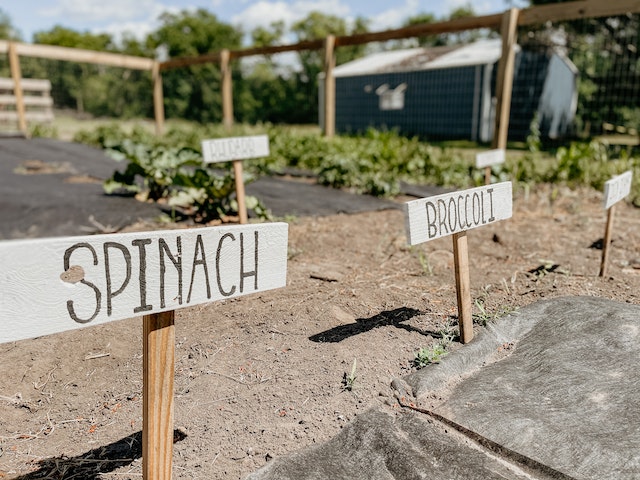The advantages for the gardener are also emphasized by the practice's proponents. According to Joseph Brinkley, director of regenerative farming at the Bonterra Organic Estates vineyard in Hopland, California, which uses biodynamic techniques, the nutrient density of the food is raised, the tastes are usually better, and the shelf life of the products will be prolonged.
This all-encompassing strategy has its origins in lectures given in the early 20th century by Rudolf Steiner, an esoteric spiritualist and philosopher best known for developing the Waldorf educational paradigm. Commercial farmers in the United States must be certified by Demeter USA in order to label and sell their goods as biodynamic, but home gardeners don't require any kind of certification in order to start implementing Steiner's teachings.
Here are eight methods for changing your garden into one that adheres to biodynamic principles and practices, along with a few useful advice pieces that are often praised by conscientious gardeners.
Alter your perspective
According to Molly Chester, co-founder of the Californian farm Apricot Lane Farms, which has received biodynamic certification, being biodynamic is a lens you see through. You cease doing a lot of things first. You will stop yourself if your first thought is to employ chemicals to remedy the issue. Stop immediately if getting rid of a bug is your initial instinct. Instead, see an issue as a sign of an unbalance in the garden, whether it be insects, animals, illness, or poor plant health, and then figure out a natural solution. A slug infestation, for instance, can be viewed as a farm organism imbalance rather than a pesticide-required problem, so the gardener might import a natural predator, like ducks, to cope with the problem.
















